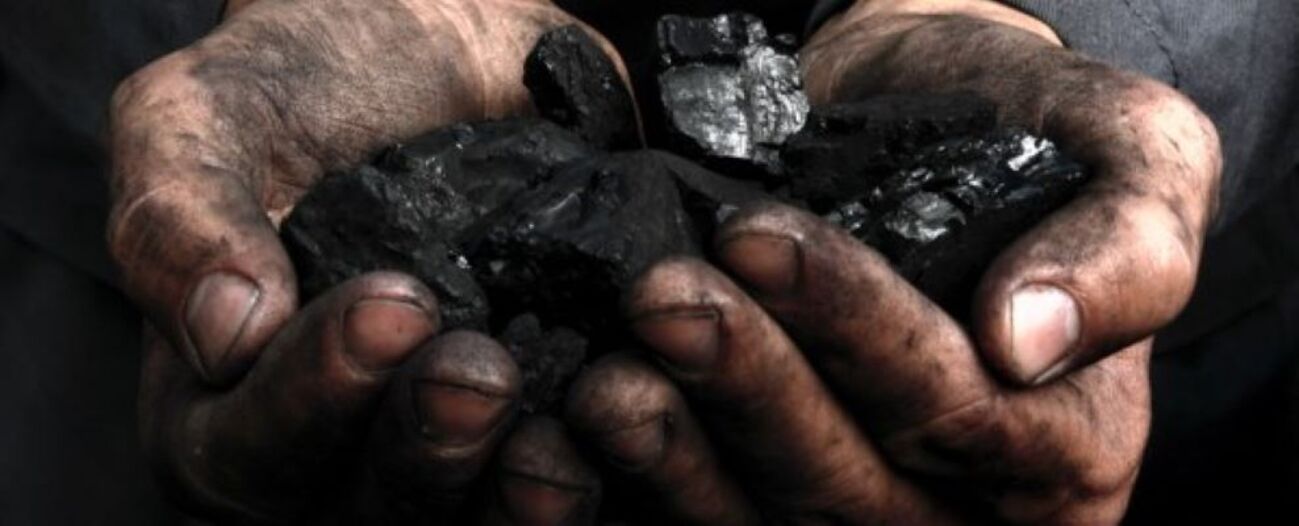As EU countries raced to replace Russian gas, coal-fueled power generation increased across Europe last year. But the increase of coal comeback was less than anticipated. Renewable energy helped to close the gap, experts said on Tuesday.
Following its February 2022 invasion of Ukraine, Russia, previously Europe’s major gas supplier, it drastically reduced its supply to the European Union. It sent the 27-nation union into a crisis of limited energy supplies and skyrocketing electricity prices.
Ember research: Coal comeback is not bad as expected
As a result, the share of coal power in the EU’s electrical output increased by 1.5 percentage points in 2022. Thus, it represents 16% of the total generation, according to a paper by the think tank Ember.
Although it was less than the 20% share of gas, 22% combined share from wind and solar, and 32% from hydropower and nuclear, that was the fuel’s greatest share in the EU’s power generation since 2018, according to Ember.
In 2022, total coal generation in the EU increased by 7%, or 28 terawatt hours (TWh), increasing CO2 emissions in the power sector by over 4%.
The switch back to the dirtiest fossil fuel, according to Ember, might have been considerably worse. A larger coal rebound was avoided, it added, by increased wind and solar production. In addition, there was a general decline in EU energy consumption. The last was due to mild weather and consumers’ struggles with high pricing.
According to Dave Jones, head of data insights at Ember, there would need to be another energy crisis in 2023 for coal generation to increase from 2022 levels.
Renewables saved the game
Last year, the EU solar generation grew by a record 24% or 39 TWh. It helped to close a supply shortfall made worse by the shutdown of French nuclear units for maintenance. The shortfall was even bigger due to a drought caused by climate change that reduced hydropower output.
The European Union has declared that any potential increase in the use of coal in EU countries will be a temporary measure. It strongly encourages nations to replace imports of Russian gas with more sustainable sources of green energy and energy efficiency solutions. This move is part of an effort to reduce the overall emissions from the EU, and to promote a more environmentally conscious approach to energy usage.
Climate campaigners are worried that countries, including Germany and the Netherlands, are securing decades of fossil fuel consumption by building infrastructure to import additional non-Russian gas.
Coal comeback will continue if the crisis worsens
EU nations and legislators are discussing a more ambitious renewable energy target for 2030, covering sectors like transportation and industry in addition to electricity, as part of attempts to hasten Europe’s transition to clean energy.
While Hungary and Romania are among those pushing for a lower 40% aim, so do the EU Parliament and nations like Germany, Denmark, and Spain. The most recent Eurostat data reveal that in 2021, the EU obtained 22% of its total energy from renewable sources.
According to Jones, top-down policies nearly always lag behind what is happening (with solar energy), where individuals and companies install the technology themselves.

